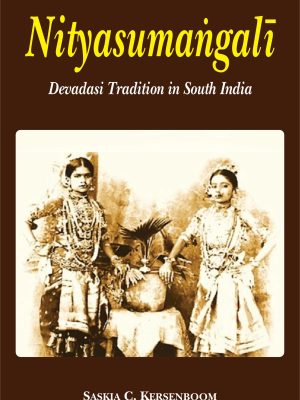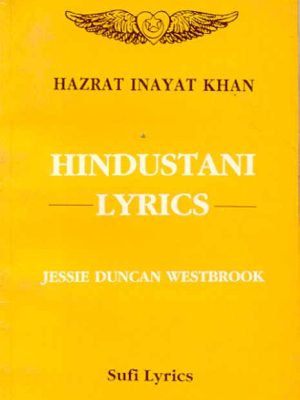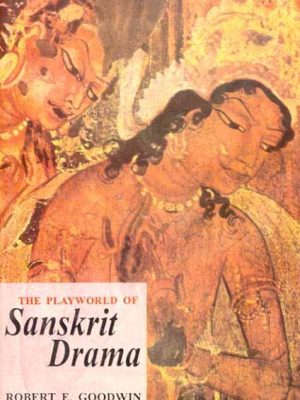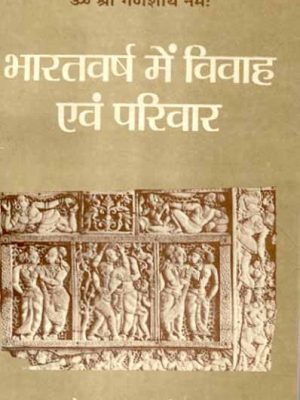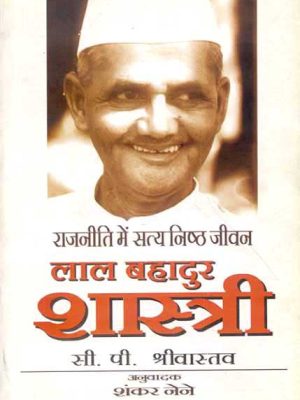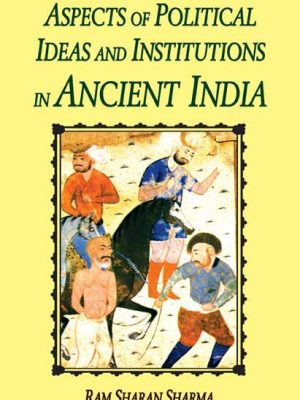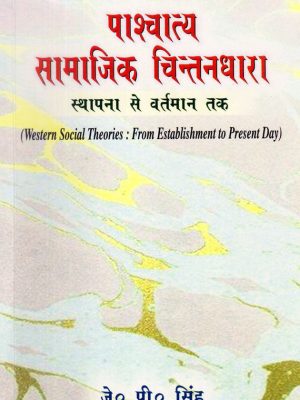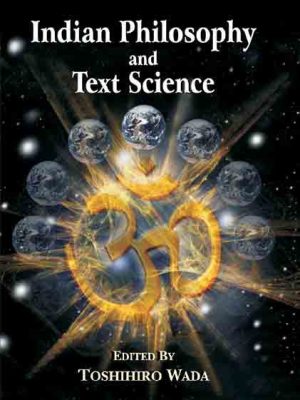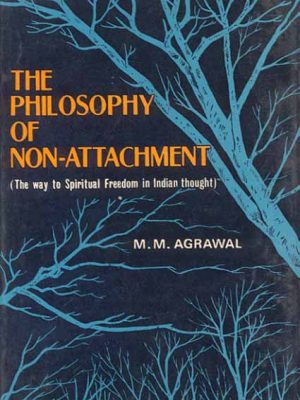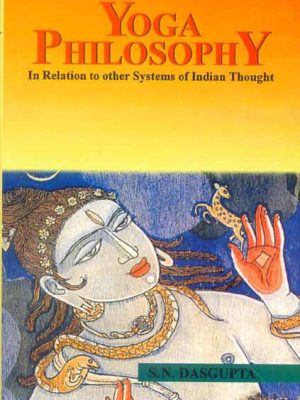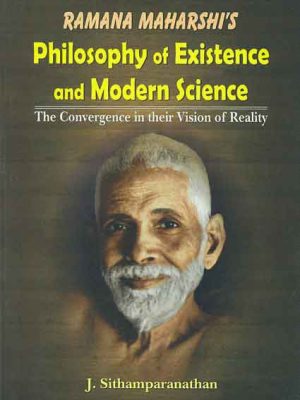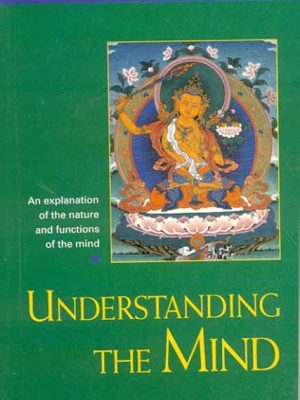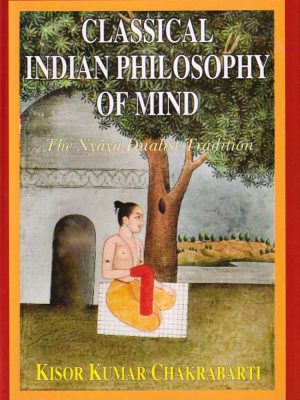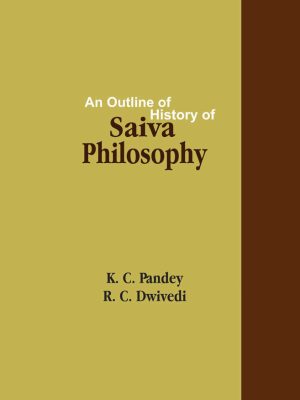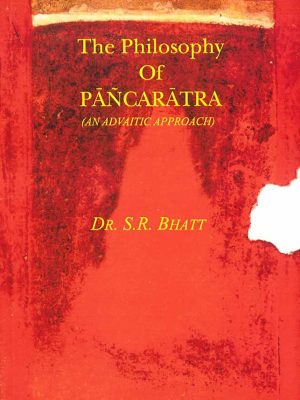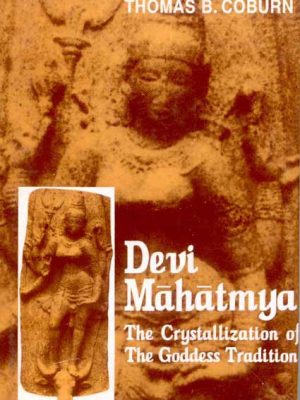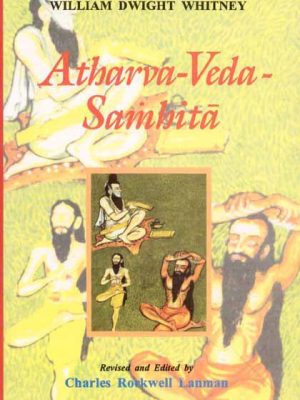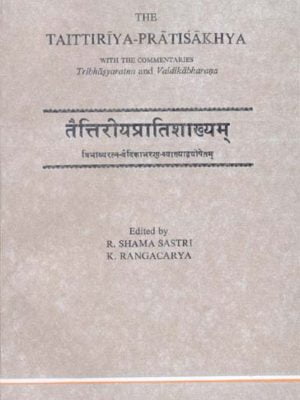Motilal Banarsidass
-
-
-
Devi Mahatmya: The Crystallization of the Goddes Tradition
Devi Mahatmya: The Crystallization of the Goddes Tradition
Both worshippers and academics of the Indian Great Goddess know the Devi-Mahatmya. It’s the earliest Sanskrit narrative of the Goddess and remains fundamental to the Goddess (Sakta) tradition. Like much in that tradition, the book eluded historical examination until today.
The central task here is to explore how an anonymous Sanskrit text
articulates a view of ultimate reality as feminine when there is virtually
no precedent in the Sanskrit tradition for such a view. To accomplish this
task, an appropriate method of scriptural analysis is developed. This
involves an examination of Hindu understanding of the Puranas in general,
and of the Devi Mahatmya in particular, along with consideration of several recent scholarly discussions, in india and elsewhere. Subsequently, a comprehensive inquiry into the Goddess’s epithets in this text is undertaken, followed by examination of the earlier history of the myths that the Devi-Mahatmya associates with her. The study culminates in
translations of the text’s hymns, which are annotated so as to indicate the
synthesis that is here being accomplished. The resulting illumination of
Sanskritized form of Goddess worship is what Daniel H.H. Ingalls calls in
his Foreword “a notable scholarly achievement”
Authored by
Thomas B. Coburn
About the author
Thomas B. Coburn is currently serving as the Charles A. Dana Professor of Religious Studies and has accumulated a significant number of scholarly works.
₹695.00 -
Atharva-Veda-Samhita (2 Vols.)
Atharva-Veda-Samhita
‘the Atharvan Veda’ or ‘the Magic Formula Knowledge.’ For ethnologists and religious historians alike, the Atharva-veda Samhita holds great significance because it is a treasure trove of information about ancient Indian popular beliefs, such as the belief in countless spirits, imps, ghosts, and demonic entities of all shapes and sizes, as well as the practise of witchcraft. There are critical notes on the text and readings of Paippalada of Kashmere version provided by the late Professor Rothfurter, as well as notices of similar passages in all other Vedic texts and data from Hindu scholars regarding authorship, divinity, and metre for each verse, as well as references to anciallary literat. This work includes all these things.
About the Author(s)
₹1,495.00Atharva-Veda-Samhita (2 Vols.)
₹1,495.00 -
Taittiriya Pratisakhya
Taittiriya Pratisakhya
It was an innovative piece of work, and it should have been reviewed with that mindset in mind. According to Renou (1969), Bohtlingk’s version of the Astadhyayi was believed to be the standard edition in Europe. This information comes from the author. It was the cause of something that might be termed a “revolution” in linguistic thought, and it was accountable for this revolution in both Indo-European linguistics and general linguistics. The study of the history of Indo-European languages was sparked in part by the analysis of Sanskrit grammar, which served as a stimulant for the subject. It was the first time in the history of linguistics that it was understood that a word could be cleanly split down into root, stem-forming suffix, and desinence. [Citation needed] [Citation needed] The Bohtlingk edition was the first one to become widely accepted as the norm, and it remained so until more recent versions were published that included more in-depth exegetical interpretations.
About the Author(s)
William Dwight Whitney
₹495.00Taittiriya Pratisakhya
₹495.00
